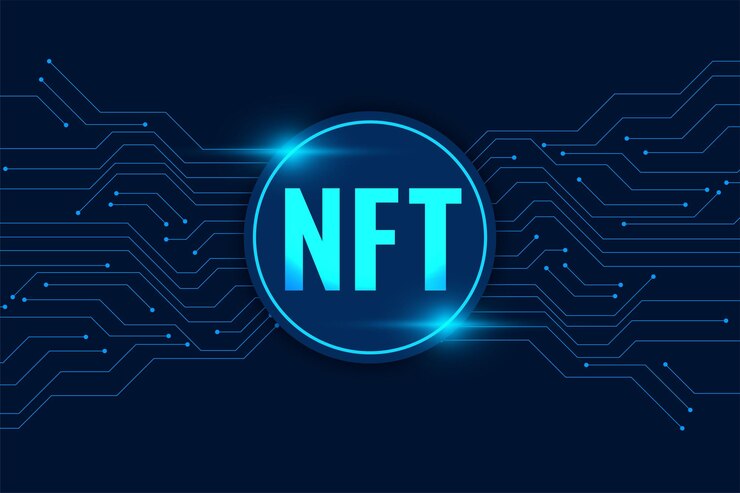
Introduction:
In the ever-evolving landscape of the gaming industry, Non-Fungible Tokens (NFTs) have emerged as a revolutionary force, transforming the way players interact with digital assets. NFTs, built on blockchain technology, provide unique ownership and scarcity to in-game items, giving rise to a new era of gaming experiences. For those looking to venture into this exciting realm, crafting an NFT game development requires careful planning, innovative thinking, and a comprehensive understanding of the associated costs. In this guide, we will explore the key steps involved in creating an NFT game and provide a detailed cost analysis for the year 2024.
Conceptualization:
The first step in crafting an NFT game is to conceptualize a unique and engaging game idea. Consider the target audience, gameplay mechanics, and the narrative that will accompany the NFT assets. Whether it’s a fantasy RPG or a futuristic strategy game, a strong concept forms the foundation of a successful NFT game.
Cost: Minimal investment at this stage, focused on research and concept development.
Blockchain Integration:
Choosing the right blockchain is crucial for the success of an NFT game. Ethereum has been a popular choice, but alternative blockchains like Binance Smart Chain and Flow are gaining traction due to lower transaction fees and faster processing times. Integration with blockchain involves smart contract development, wallet integration, and the creation of a token standard for in-game assets.
Cost: Smart contract development can range from $10,000 to $50,000, depending on complexity and features.
Game Development:
Once the blockchain is selected and integrated, the actual game development process begins. This involves designing the game world, creating characters and assets, and implementing the chosen gameplay mechanics. Consider incorporating elements that make NFT ownership integral to the gaming experience, such as unique abilities tied to specific NFTs.
Cost: Game development costs vary widely but can range from $100,000 to several million dollars, depending on the scale and complexity of the game.
NFT Minting:
Minting NFTs involves creating unique tokens that represent in-game assets. These tokens are then stored on the blockchain, providing players with true ownership. Minting costs depend on the blockchain used, the complexity of the assets, and the number of NFTs to be created.
Cost: Minting costs can range from a few cents to several dollars per NFT.
Marketplace Integration:
To enable the buying, selling, and trading of NFTs from NFT Marketplace must be integrated into the game. This can be a decentralized marketplace or a custom-built solution. Integration includes creating a user-friendly interface, implementing a secure payment system, and facilitating the seamless transfer of NFTs.
Cost: Marketplace integration costs can range from $20,000 to $100,000, depending on features and complexity.
Marketing and Community Building:
Building awareness and a dedicated community around your NFT game is essential for success. Invest in a robust marketing strategy, including social media campaigns, influencer partnerships, and community engagement activities. Establishing a strong community not only boosts player adoption but also enhances the value of your NFTs.
Cost: Marketing budgets vary but should typically range from $50,000 to $200,000, depending on the scale of the campaign.
Ongoing Maintenance and Updates:
Once the NFT game is launched, ongoing maintenance is crucial to address bugs, implement updates, and ensure a smooth gaming experience. Regular updates, events, and collaborations will keep the community engaged and attract new players.
Cost: Ongoing maintenance costs can vary but should be budgeted at a minimum of $20,000 per month.
Conclusion:
Crafting an NFT game in 2024 is an exciting but complex endeavor. Understanding the key steps involved, from conceptualization to ongoing maintenance, is crucial for success. While costs can be substantial, the potential for revenue and community growth in the NFT gaming space is immense. By carefully planning and executing each stage, developers can create immersive and profitable NFT games that captivate players and leave a lasting mark on the evolving landscape of the gaming industry.

Tech Hub Digital, a one-stop destination for complete technology-related information.

